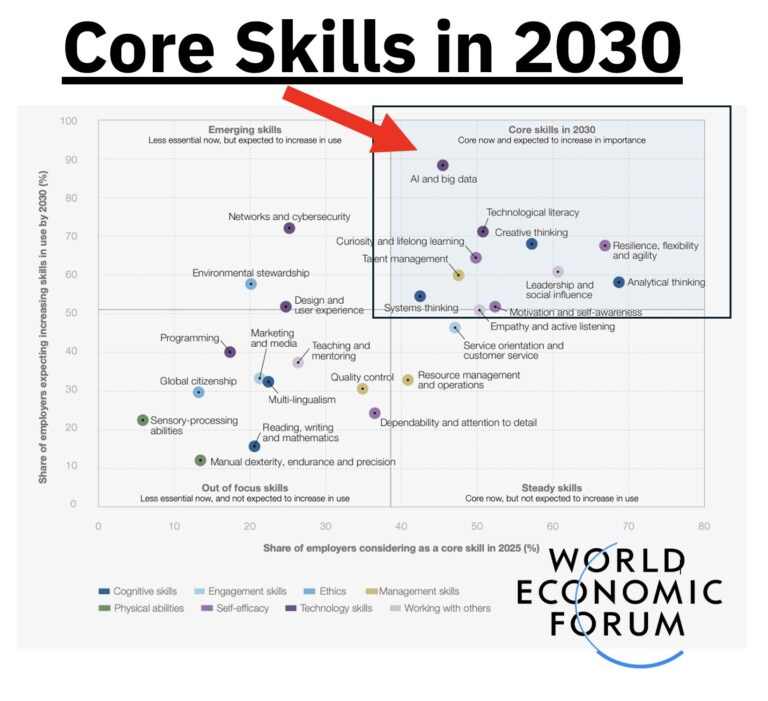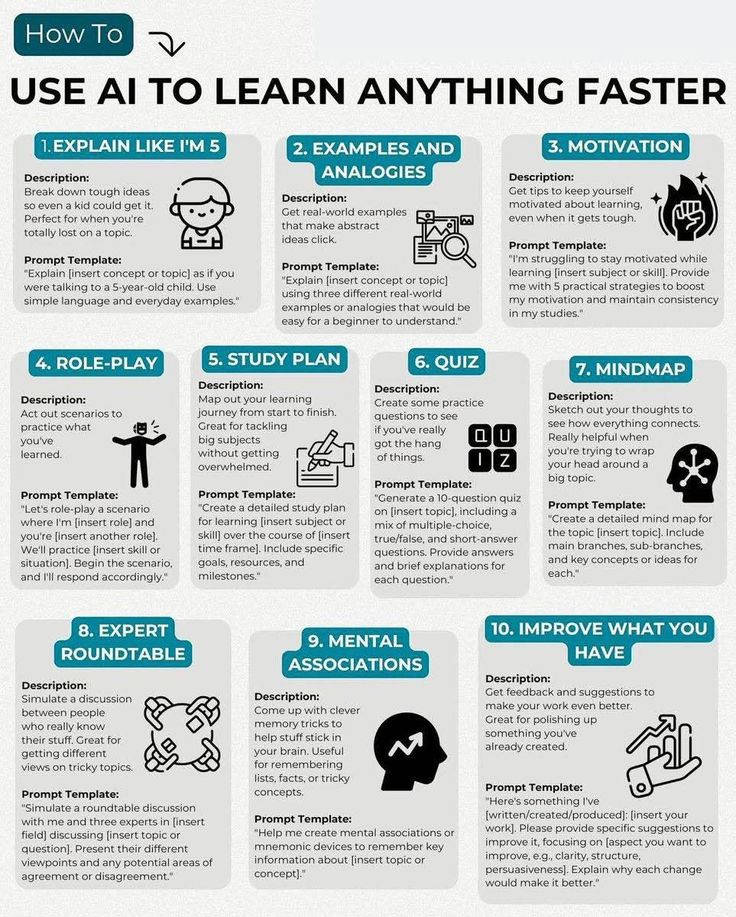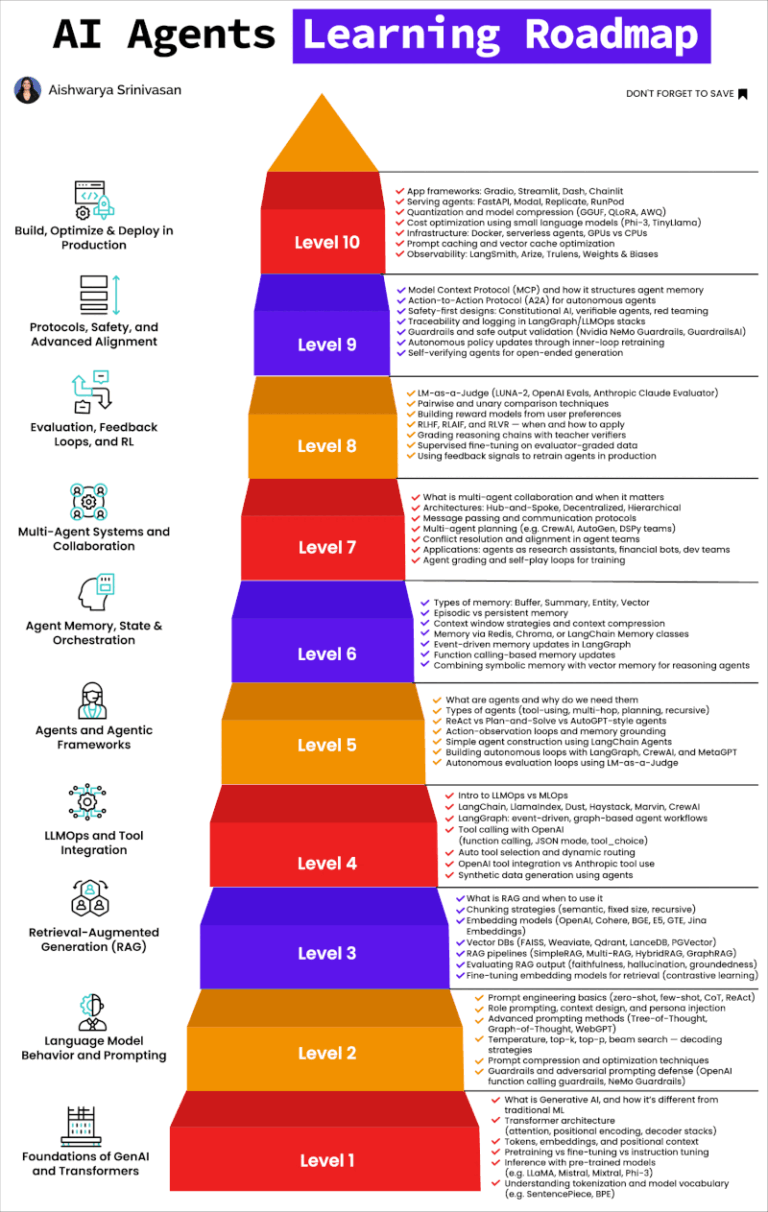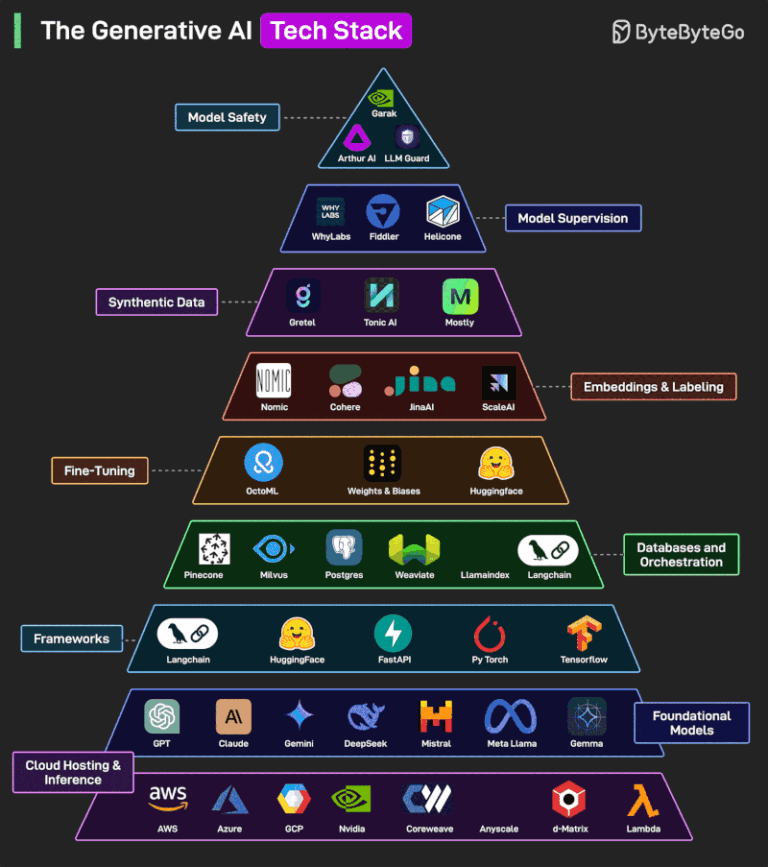https://shorturl.at/7Qv2n
Month: January 2025
https://www.whitehouse.gov/presidential-actions/2025/01/removing-barriers-to-american-leadership-in-artificial-intelligence The executive order prioritizes maintaining U.S. leadership in AI by eliminating policies that hinder innovation. It...
https://www.federalregister.gov/documents/2025/01/17/2025-01395/advancing-united-states-leadership-in-artificial-intelligence-infrastructure Key Points of the Executive Order on Artificial Intelligence (AI) Infrastructure: Purpose and Goals Guiding Principles...






